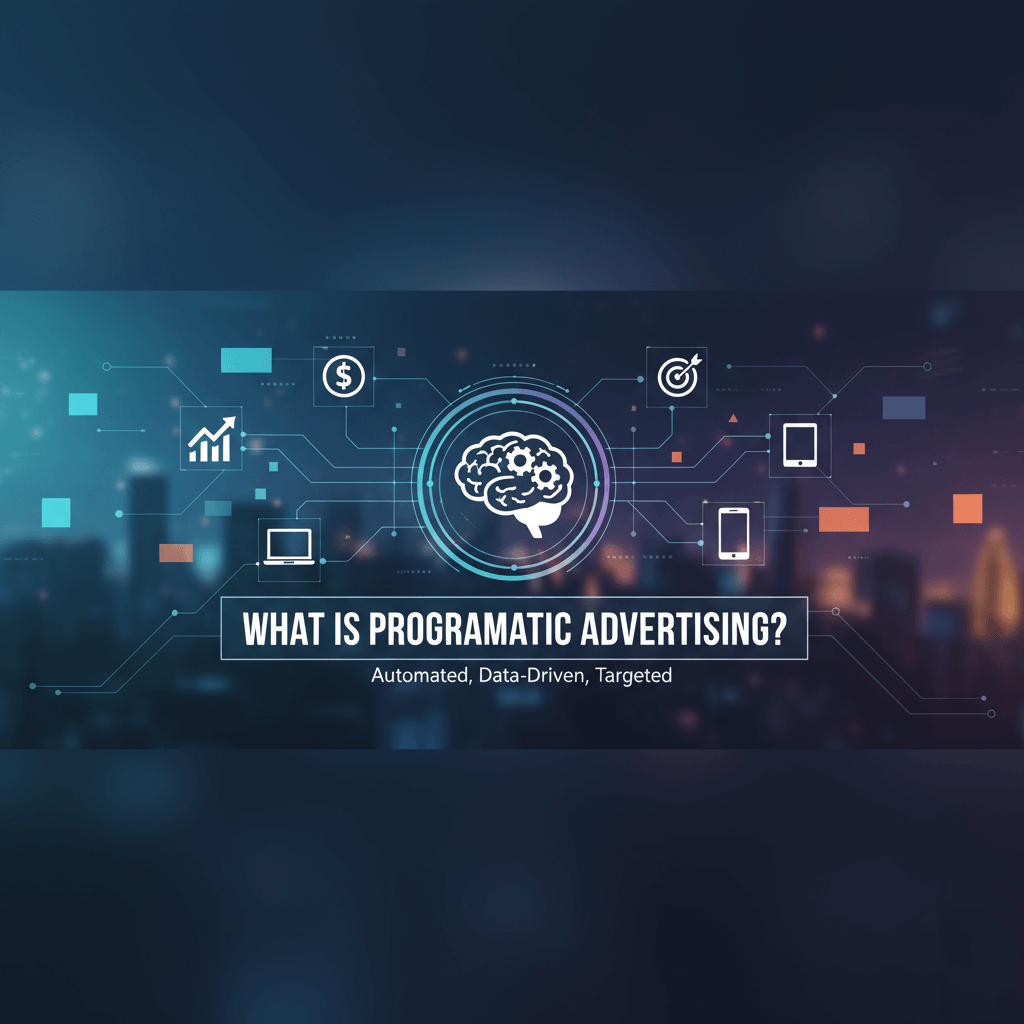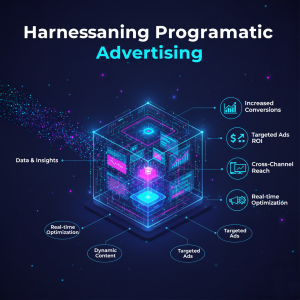Programmatic Advertising Privacy: Balancing Personalization with Consumer Trust

Programmatic advertising has transformed the way brands purchase and optimize digital ad space. By leveraging automated technology, machine learning, and real-time bidding, marketers can efficiently reach specific audiences at scale. However, as personalization strategies become more sophisticated, concerns around consumer privacy and data protection have risen to the forefront. Balancing targeted ad delivery with respect for individual privacy is essential for building trust and ensuring long-term campaign success. In this article, we explore how programmatic advertising and privacy can coexist harmoniously, offering actionable insights, best practices, and regulatory guidance for privacy-conscious marketers.
What is Programmatic Advertising?

Programmatic advertising refers to the automated buying and selling of digital ad inventory through real-time bidding platforms. Instead of manually negotiating with publishers, advertisers use demand-side platforms (DSPs) to set budgets, target criteria, and optimization goals. These platforms utilize data from multiple sources including first-party cookies, device IDs, and audience segments to display relevant ads to consumers across websites, mobile apps, and connected TV. The core advantage lies in its efficiency, precision targeting, and the ability to adjust campaigns in milliseconds based on performance data.
The Importance of Privacy in Programmatic Advertising
While programmatic technology enables highly personalized messaging, it also relies heavily on user data to inform targeting decisions. This dependence on data raises critical questions: How is consumer information collected, stored, and shared? Are users aware of how their data is being used for ad personalization? With growing concerns about data breaches, identity theft, and unauthorized tracking, marketers must prioritize transparency and data protection. Ignoring privacy considerations can lead to regulatory fines, reputational damage, and decreased consumer confidence.
Key Privacy Regulations Impacting Programmatic Advertising
- GDPR: The General Data Protection Regulation mandates explicit user consent for processing personal data within the European Union. Non-compliance can result in hefty fines.
- CCPA: The California Consumer Privacy Act grants Californian residents rights to opt out of data selling and request deletion of personal information.
- ePrivacy Directive: Also known as the Cookie Law, it requires informed consent before storing or accessing information on user devices within the EU.
- Global Privacy Laws: Countries such as Brazil (LGPD), Canada (PIPEDA), and India (DPDP) are enacting similar protections, influencing global data collection strategies.
Balancing Personalization with Consumer Trust
Trust is the cornerstone of any successful advertising relationship. To balance personalization with privacy, marketers should adopt transparent data practices. Clearly communicate data collection and usage policies through concise privacy notices and consent management platforms (CMPs). Offer consumers control over their data by providing accessible opt-in and opt-out mechanisms. Avoid excessive data collection by limiting audience segments to relevant attributes, focusing on anonymized or aggregated datasets. When consumers understand and consent to data practices, they are more likely to engage positively with targeted ads.
Best Practices for Privacy-First Programmatic Campaigns
- Data Minimization: Collect only the data needed to achieve campaign objectives, reducing the risk associated with holding large volumes of personal information.
- Consent Management: Implement CMPs that comply with GDPR and CCPA standards to capture, store, and respect user preferences.
- First-Party Data Strategies: Leverage data directly gathered from customer interactions such as CRM systems and email subscriptions to maintain quality and consent integrity.
- Contextual Targeting: Use contextual signals like page content, keywords, or topics to serve relevant ads without relying on personal user data.
- Regular Audits: Conduct periodic privacy audits to ensure compliance with evolving regulations and internal data governance policies.
Technology Solutions to Enhance Privacy

Several technology solutions can help advertisers uphold privacy standards while maintaining campaign effectiveness. Privacy-preserving identity solutions such as Unified ID 2.0 replace third-party cookies with encrypted user identifiers that respect user consent. Secure multiparty computation enables encrypted data collaboration between brands and publishers without exposing raw personal data. Additionally, privacy-focused analytics platforms anonymize user behavior insights, allowing marketers to measure performance without compromising individual privacy.
Measuring Success: KPIs for Privacy and Performance
Traditional programmatic KPIs such as click-through rate (CTR), conversion rate, and cost per acquisition (CPA) remain important. However, privacy-first campaigns should also track metrics that reflect consumer trust and compliance. Consider measuring opt-in rates, consent withdrawal rates, and user satisfaction through post-campaign surveys. Monitor data usage errors or policy violations to identify potential privacy risks early. By combining performance metrics with privacy indicators, brands can optimize campaigns holistically and demonstrate a commitment to responsible data stewardship.
The Future of Privacy and Programmatic Advertising
The programmatic ecosystem is evolving rapidly with the deprecation of third-party cookies, increased regulation, and consumer demand for privacy. Marketers will need to adopt alternative targeting methods such as cohort-based approaches like Google Privacy Sandbox, and invest in clean room partnerships for secure data collaboration. Artificial intelligence will play a greater role in anonymizing data and automating compliance checks. Ultimately, brands that proactively embrace privacy as a strategic advantage will build stronger consumer relationships and achieve sustainable advertising success.
Conclusion
Programmatic advertising offers unparalleled efficiency and precision, but it also brings privacy responsibilities. By understanding key regulations, adopting privacy-first technologies, and prioritizing transparency, marketers can deliver personalized experiences without eroding consumer trust. The future of programmatic lies in finding the optimal intersection between performance and privacy. As the digital landscape continues to shift, maintaining this balance will be critical for brands aiming to build resilient, consumer-centric advertising strategies.





